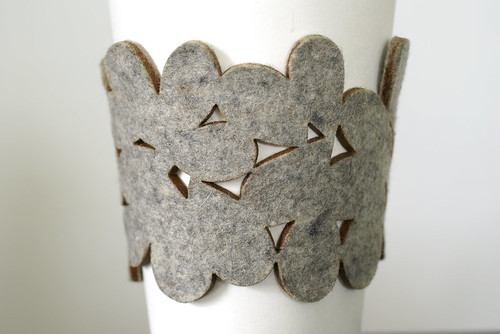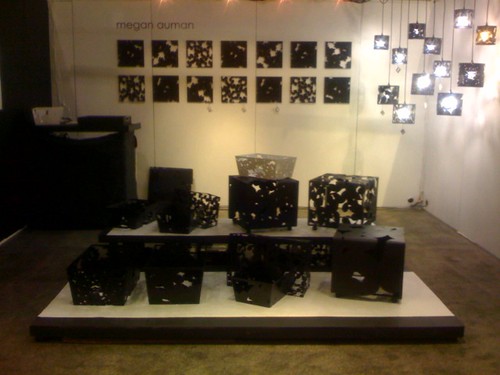Today, Etsy included a link to the cozy/cuff on their facebook page. For the most part, this was amazing. My page views blew up, and several people purchased cozy/cuffs of their very own.
But the link also sparked an interesting discussion about the price. More than a few people thought that $32 was an exorbitant amount of money to pay for the cozy/cuff. There were some people who jumped in to defend the price, but there were a lot of people that seemed to think I am making some ridiculous profit on the cozy/cuffs.
I am here to tell you that is just not true.
Here is just a small sampling of the cost factors that go into the cozy/cuff:
1. The Etsy costs are retail costs. When I wholesale the cozy/cuff, I have to cut the price in half. Which means I still need to build in profit for a wholesale price. And let me tell you, the profit margin on my wholesale price is pretty slim.
2. The cozy/cuff is made in small batches in the US. (If you read my original post - the cost of the cozy/cuff - you already know this.) And when you are buying materials and making products in small batches, the price is always going to be higher.
3. Not only do I not make the cozy/cuff in China - but I don't live in China either. And you have to factor cost of living (not to mention cost of working) into the price of the objects. (Or the workers wages.) And while I don't live in the most expensive part of the US, I certainly don't live in the one of the cheapest places in the world. And I think its only fair that I pay myself a living wage. (And if you don't believe that workers should be paid a living wage, please stop reading my blog. We cannot be friends.)
4. You also need to take into consideration the fact that the cozy/cuff is a bracelet. Here's a little math for you: today I had a cozy/cuff on my person for approximately 9 hours. For 8 of those hours, it was on my wrist. It was on my coffee cup for about an hour. (Probably a little less than that, but its easier to round.) So given those numbers, 89% of the time, the cozy/cuff functioned as a bracelet. And $32 is a pretty reasonable price for a cuff bracelet. (Its actually fairly consistent with the pricing of other cuff bracelets.)
After all this, its pretty clear to me that I should do a better job marketing it as a bracelet first - one with the added bonus of being a coffee cup cozy. Hopefully that will help justify the cost in some people's minds.
I should also probably stop reading internet discussions of my work.










